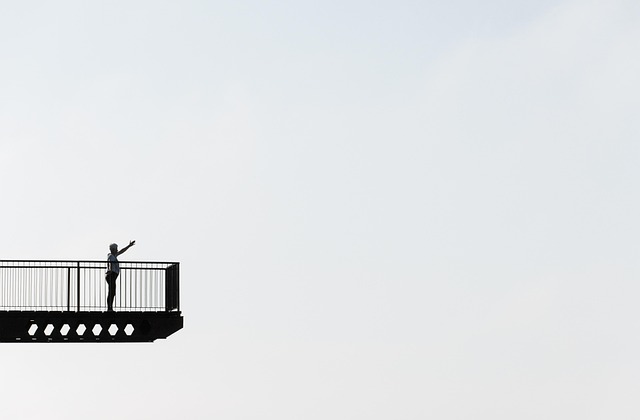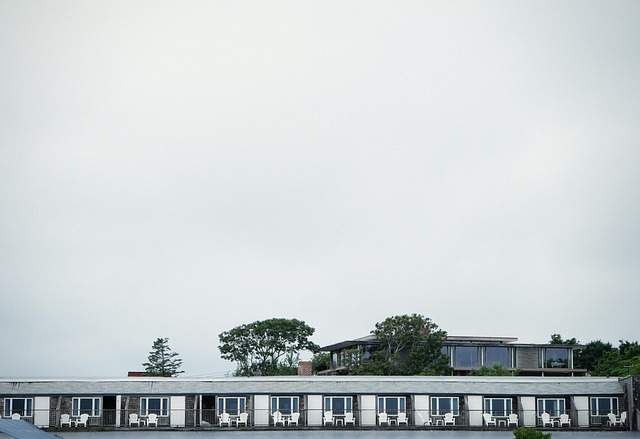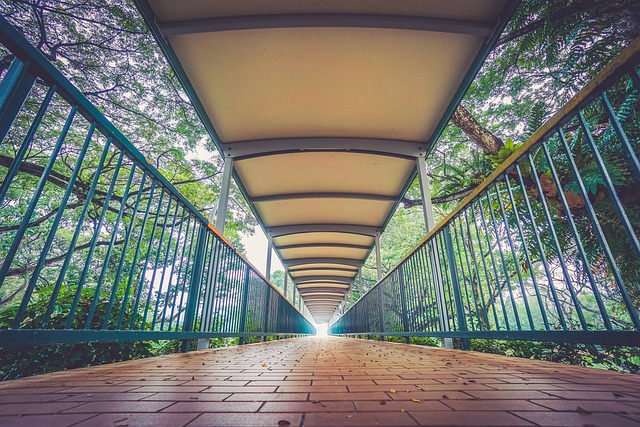Elevate Your Balcony: Durable Decorative Railing Solutions for Stylish Spaces

Durable balcony railing solutions are key to transforming outdoor spaces into captivating oases, ble…….
Metal Balcony Railings: A Comprehensive Analysis
Introduction
Balconies are an integral part of architecture, providing additional space for residents and enhancing the aesthetic appeal of buildings. Metal balcony railings serve as a critical safety feature, a design element, and a reflection of architectural innovation. This article delves into the multifaceted nature of metal balcony railings, exploring their historical context, global impact, economic significance, technological advancements, policy frameworks, challenges, case studies, and future prospects. By the end of this exploration, readers will have a comprehensive understanding of metal balcony railings and their role in contemporary architecture.
Understanding Metal Balcony Railings
Metal balcony railings are structural elements that provide safety and support for individuals using balconies. Comprising various materials such as iron, stainless steel, aluminum, and alloys, these railings can be designed in myriad styles, from minimalist to ornate, to suit different architectural designs. Historically, railings have evolved from simple wooden barriers to intricate metal constructions, reflecting advancements in technology and changing safety standards. They are a testament to human innovation in building safety and design harmoniously.
Global Impact and Trends
The influence of metal balcony railings is evident across the globe, with different regions showcasing unique styles influenced by cultural, environmental, and economic factors. Europe and North America have led in adopting modern, sleek designs with a focus on minimalism and safety. In contrast, countries like Brazil and India integrate local artistic influences into their railing designs. Global trends indicate a shift towards sustainable materials and designs that prioritize longevity, durability, and low maintenance.
Economic Considerations
The market for metal balcony railings is dynamic, driven by factors such as urbanization, housing development, and renovation projects. Investment in real estate directly impacts the demand for quality railings. Additionally, the economic value of railings extends beyond safety; they are an investment that can increase property values and enhance the curb appeal of buildings. In economic terms, the railing industry is a significant contributor to job creation and innovation within the construction sector.
Technological Advancements
Technological advancements have revolutionized the metal balcony railings industry. Innovations such as corrosion-resistant coatings, smart balustrades with integrated lighting, and the use of advanced materials like carbon fiber have improved both the functionality and design of railings. The integration of sustainable technologies, such as recyclable materials and energy-absorbing features in case of falls, points towards a future where metal balcony railings are not only beautiful but also environmentally responsible and incredibly safe.
Policy and Regulation
Global building codes and standards govern the design, material, and installation of balcony railings to ensure safety and performance. These regulations are influenced by local climates, construction practices, and risk assessments. Compliance with these policies is crucial for architects, builders, and manufacturers, ensuring that metal balcony railings meet both national and international standards.
Challenges and Criticisms
Despite their importance, metal balcony railings face challenges such as maintenance concerns, material sustainability, and adherence to design aesthetics. Criticisms often center around the cost of installation and the potential for design homogenization in dense urban environments. Addressing these issues requires a collaborative approach involving manufacturers, designers, policymakers, and end-users to ensure that railings are not only safe and compliant but also reflective of local tastes and environmentally sound.
Case Studies
Several case studies illustrate the successful implementation of metal balcony railings. One such example is the ‘Eco-Balustrade’ project in Sweden, which focuses on sustainability by using recycled materials. Another is the ‘Skyline Terrace’ in New York City, which combines safety with a stunning design that reflects the city’s iconic skyline. These case studies provide valuable insights into best practices and innovative solutions in the field.
Future Prospects
The future of metal balcony railings is poised for growth, driven by trends such as smart home integration, increased use of sustainable materials, and a focus on biophilic design that brings nature into urban spaces. Advancements in material science promise even more durable and weather-resistant options, while the demand for customizable designs continues to rise. The industry’s commitment to safety, innovation, and sustainability will shape its trajectory in the coming years.
Conclusion
Metal balcony railings are a critical component of modern architecture, serving as a blend of form and function. They have evolved over time, influenced by technological advancements, economic factors, and regulatory frameworks. The global impact of these railings is undeniable, with trends pointing towards increased innovation and a commitment to sustainability. As the industry continues to adapt to new challenges and embrace future trends, metal balcony railings will remain an essential element in enhancing both the safety and aesthetic appeal of buildings worldwide.
FAQ Section
Q: What are the primary materials used in metal balcony railings?
A: The primary materials include iron, stainless steel, aluminum, and various alloys, each chosen for different properties such as durability, corrosion resistance, and design flexibility.
Q: How do regulations impact the design of metal balcony railings?
A: Regulations ensure that railings meet safety standards, which can influence the choice of materials, design specifications, and structural integrity. Compliance with these codes is essential for public safety.
Q: Can metal balcony railings be customized to fit different architectural styles?
A: Yes, railings can be tailored to various architectural styles, from traditional to contemporary, by selecting appropriate designs, materials, and finishes that complement the building’s aesthetic.
Q: What are some sustainable practices in the production of metal balcony railings?
A: Sustainable practices include using recycled materials, implementing energy-efficient manufacturing processes, and designing for longevity to minimize waste and reduce the environmental impact.
Q: How do smart balustrades work, and what benefits do they offer?
A: Smart balustrades integrate sensors and lighting systems that can enhance safety through fall detection and deterrence. They also offer aesthetic customization and can be integrated with home automation systems for added convenience.

Durable balcony railing solutions are key to transforming outdoor spaces into captivating oases, ble…….

Selecting the ideal metal railing installation requires understanding architectural styles and custo…….

Selecting the perfect metal balcony railings involves balancing aesthetics and functionality. Profes…….

Handrails have evolved from mere safety features to integral components of comfortable and accessibl…….

Durable cable railing systems with metal frames are a popular choice for decorative decorative balco…….

Mixed-material design using metal railings, wood balusters, and stone pillars creates striking contr…….

Durable balcony railing systems offer both safety and aesthetic appeal with their modern design and…….

Minimalist design principles transform contemporary wrought iron balcony railings into striking foca…….